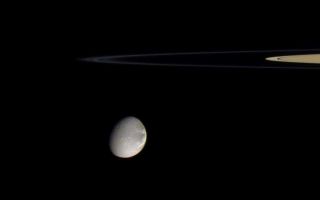
PIA07627: Wisps in Color
|
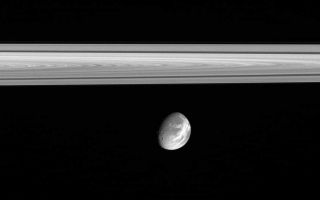
PIA07636: Captivating Dione
|
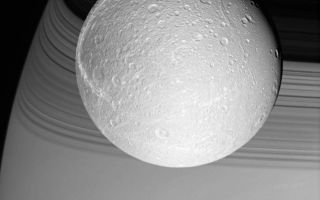
PIA07637: On Approach to Dione
|
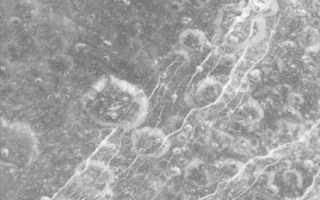
PIA07638: At Carthage Linea
|
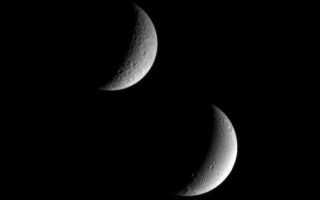
PIA07649: Seeing Double
|

PIA07687: Detail on Dione (Monochrome)
|
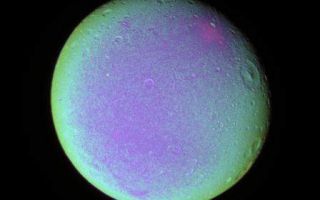
PIA07688: Detail on Dione (False color)
|
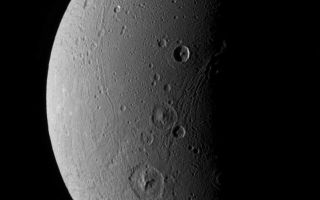
PIA07690: Dione Has Her Faults (Monochrome)
|
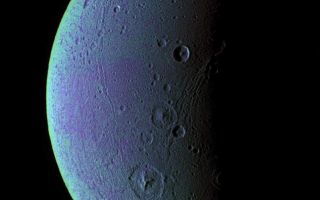
PIA07691: Dione Has Her Faults (False Color)
|
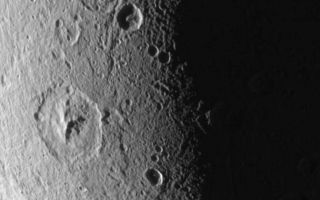
PIA07692: Dione: Magnified View
|
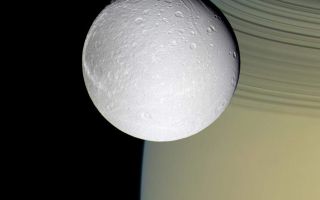
PIA07744: Ringside with Dione
|
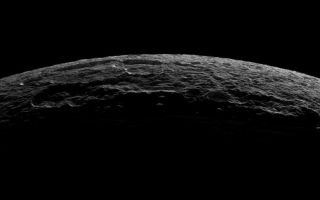
PIA07745: Icy Crescent
|
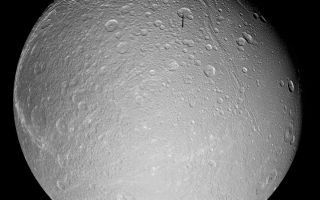
PIA07746: Dione in Full View
|
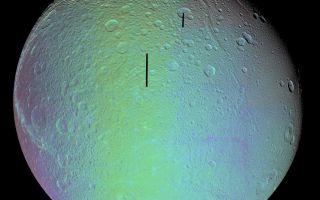
PIA07747: Dione in Full View - False Color
|
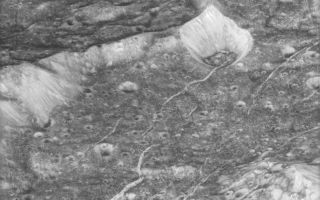
PIA07748: In the Groove
|
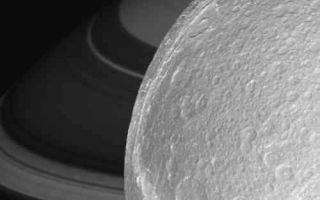
PIA07749: Ice Moon Rendezvous
|
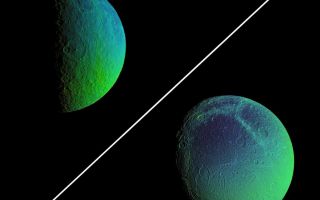
PIA07769: Color Variation Across Rhea and Dione
|
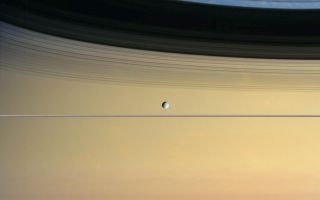
PIA07771: Dazzling Color
|
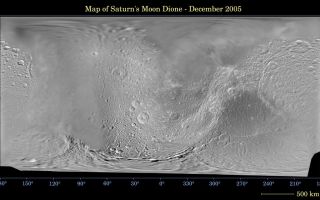
PIA07776: Map of Dione -- December 2005
|
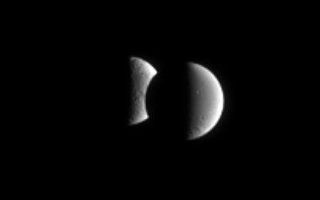
PIA08134: Taking a Bite Out of Tethys
|
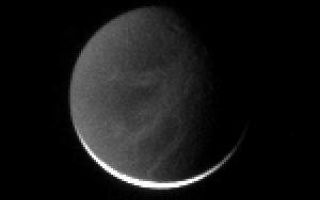
PIA08174: Bright Fractures in the Dark
|
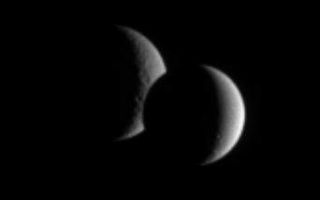
PIA08183: Orbs Align
|
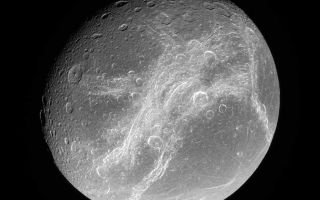
PIA08256: Incredible Cliffs
|

PIA08261: Glow of Night
|
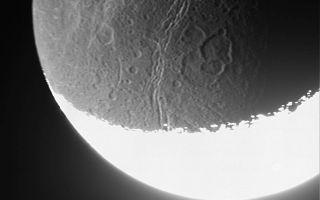
PIA08266: Dim Details on Dione
|
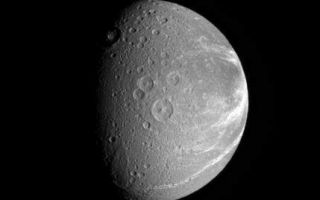
PIA08293: Dione's Creeping Canyons
|
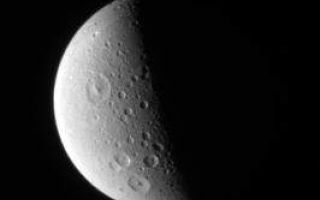
PIA08314: Holey Dione!
|

PIA08318: North on Dione
|
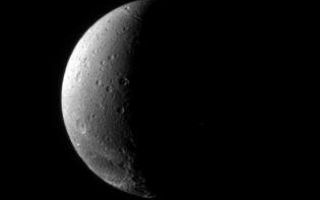
PIA08839: Down on Dione
|
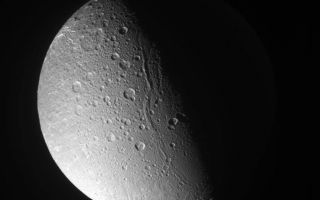
PIA08856: Shadows on Ice
|